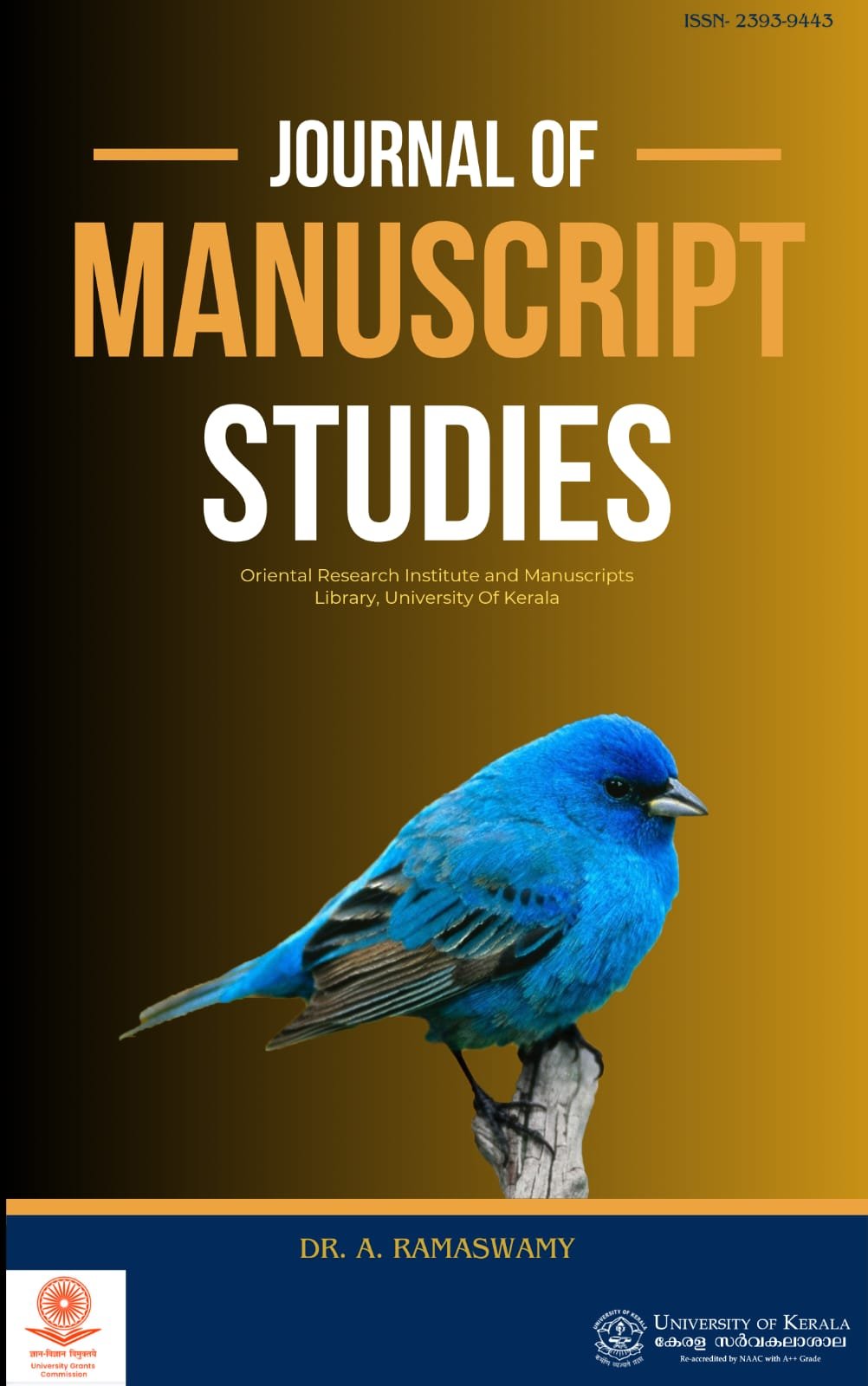Application of clustering and ordination methods to determine the optimal plot size for vegetation sampling of a Sri Lankan dipterocarp forest
Keywords:
Cophenetic correlation, hierarchical clustering, ordination, procrustean analysisAbstract
Using a complete inventory method to analyze the
species distribution of a rainforest is a daunting task due to the
extensive area to be sampled. The answer for this problem is
to find the most suitable sampling plot size, which realistically
represents the entire species population distribution. In this
study, optimal plot size, which contains the highest number
of species cover per unit area for the Sinharaja rainforest
was determined using multivariate methods, namely, cluster
analysis, correspondence analysis, non-metric multidimensional
scaling and procrustean analysis. Plot sizes selected for the
study were 5 × 5, 5 × 10, 10 × 10, 10 × 20, 20 × 20 and 20
× 40 m2
. It was revealed that the average linkage method is
the most robust hierarchical clustering method according to
the cophenetic correlation coefficient. The cluster solution
was verified graphically using the four ordination techniques,
correspondence analysis (CA), detrended correspondence
analysis (DCA), principal coordinate analysis (PCoA) and
non-metric multidimentional scaling (NMS), and the solutions
were then compared using procrustean analysis. According to
the procrustean rotations CA and NMS pair had the highest
correlation, and procrustes sum of squares of pairwise rotations
showed that NMS has the lowest sum of squares with CA.
Since the ordination plots drawn by using NMS show clear
differences among all 25 sites, it suggests that the NMS method
is the most robust ordination method for forest data analyses.
By assuming that the time for sampling work is constant for
six plot sizes, it was noted that the 20 × 40 m2
plot contains
the highest species cover per unit area. Mantel test indicates
that the species of 20 × 40 m2
plots are highly correlated with
20 × 20 m2
plots, and the result was verified using the average
linkage method and NMS ordination. These results suggest that
20 × 40 m
2
is the most suitable rectangular shaped plot, and 20
× 20 m2
is the most suitable square shaped plot, which contain
the highest number of species cover per unit area compared to
the other selected plot sizes.

Downloads
Published
Issue
Section
License

This work is licensed under a Creative Commons Attribution-NonCommercial-NoDerivatives 4.0 International License.













